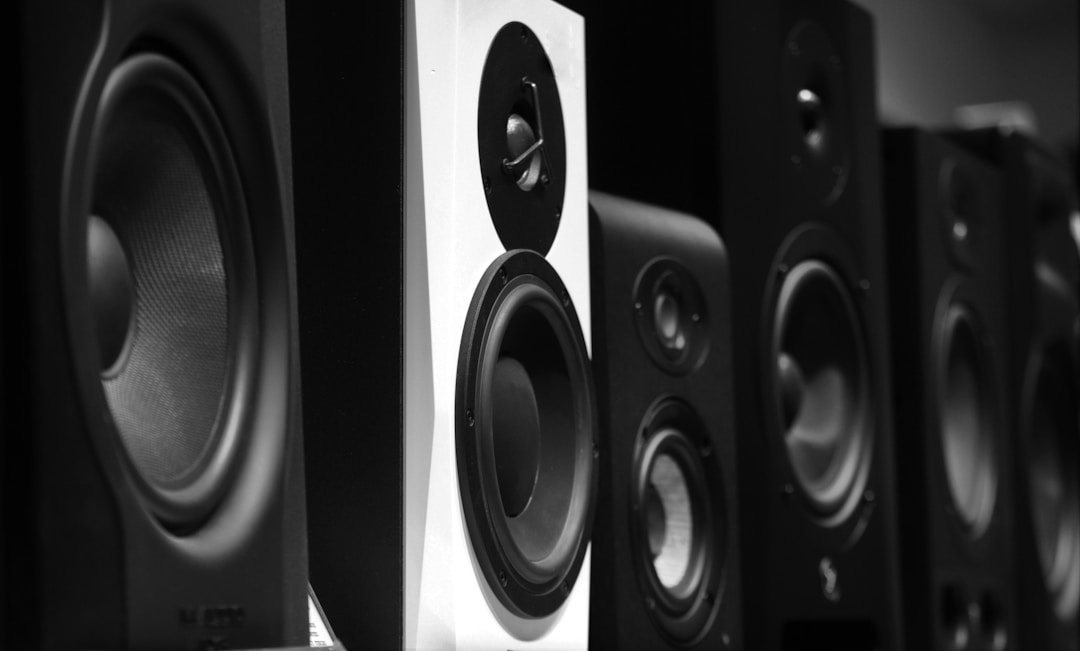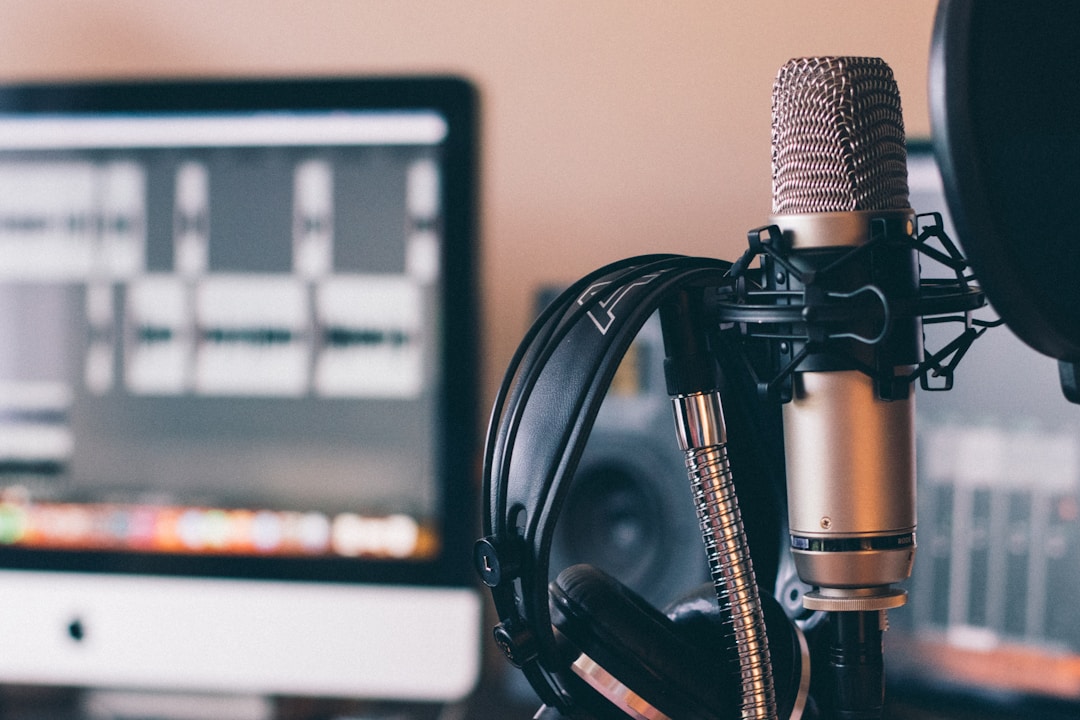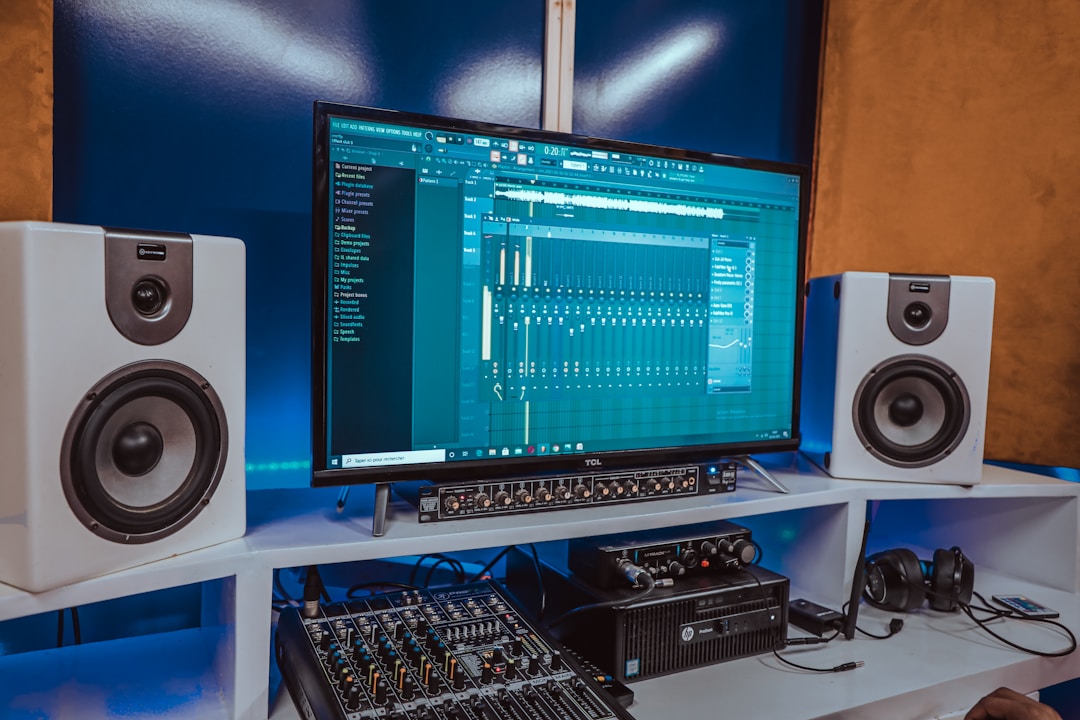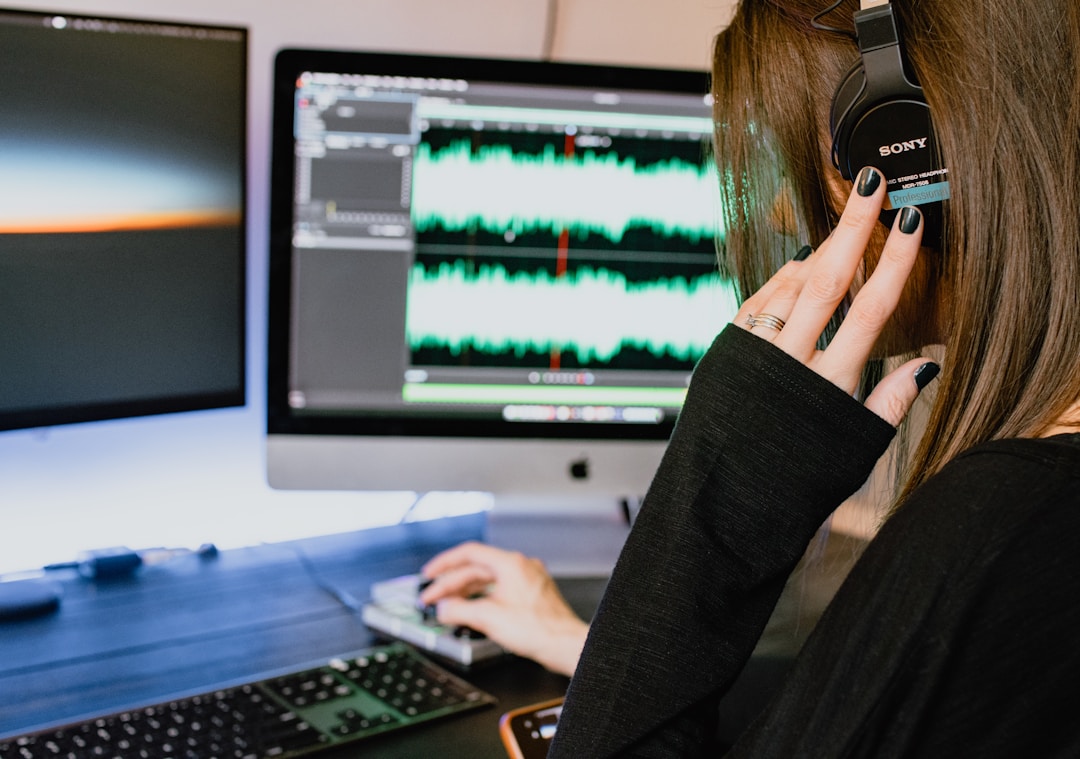The role of equalizers in professional audio systems
Nov 12,2021

All professionals in the stage lighting and sound industry often use specialized sound systems such as mixers, equalizers, and effectors as supporting facilities and derivative products. Equalizers are electronic products that can adjust various frequency electronic signals to compensate for the shortcomings of speakers and sound fields based on the adjustment of various different frequency electronic signals. Compensation and decoration of various sound sources are insufficient or excessive. Generally, the equalizers on the mixing table can only adjust the high-frequency, high-frequency, and high-frequency electronic signals separately.
Equalizers are divided into three categories: legend equalizers, parameter equalizers, and room equalizers.
1. Legend equalizer: also known as data chart equalizer, based on the spread of shuttle keys on the control panel, the adjusted balance compensation curve can be visualized. The increase and attenuation coefficient of each frequency are clear at a glance. It uses stable Q-value technology and sets up a shuttle resistor for each frequency band. Regardless of the increase or attenuation coefficient of a certain frequency, the frequency band width of the filter will not change. The common technical professional legend equalizer divides the 20Hz~20kHz data signal into 10, 15, 27, and 31 segments for adjustment. That way, everyone selects frequency equalizers with different numbers of segments according to different regulations. Generally speaking, the frequency points of a 10 band equalizer are distributed in octave intervals, which are commonly used in general settings. A 15 band equalizer is a 2/3 octave equalizer used in technical professional sound reinforcement, while a 31 band equalizer is a 1/3 octave equalizer. The illustrated equalizer has a simple structure and is widely used in professional audio.
2. Parameter equalizer: also known as the main parameter equalizer, it is an equalizer that can finely adjust various main parameters for balance adjustment. It is often attached to the mixing console, but it is also a separate parameter equalizer. The main parameter content adjusted includes frequency band, frequency band, gain value, and quality factor Q value, etc. It can clean (including slander) and decorate the sound, making the sound system sound (or song) design style more unique and prominent, and achieving the necessary expression effect with a variety of options.
3. Room equalizer, used to adjust the phase frequency characteristic curve of the room's equalizer, because the digestion and absorption (or reflection surface) of building decoration materials to different frequencies are different, and the harm of their normal co vibration leads to the use of sound colorants. Therefore, it is necessary to use a room equalizer to objectively compensate and adjust for the frequency shortcomings of the building sound layer in multiple aspects.
The denser the frequency range, the sharper the adjusted peak, that is, the higher the Q value (quality factor), the more delicate the compensation during adjustment. The thicker the frequency range, the wider the adjusted peak. When the unit step response curve of the sound field transmission is very complex, it is difficult to compensate.
Latest News













